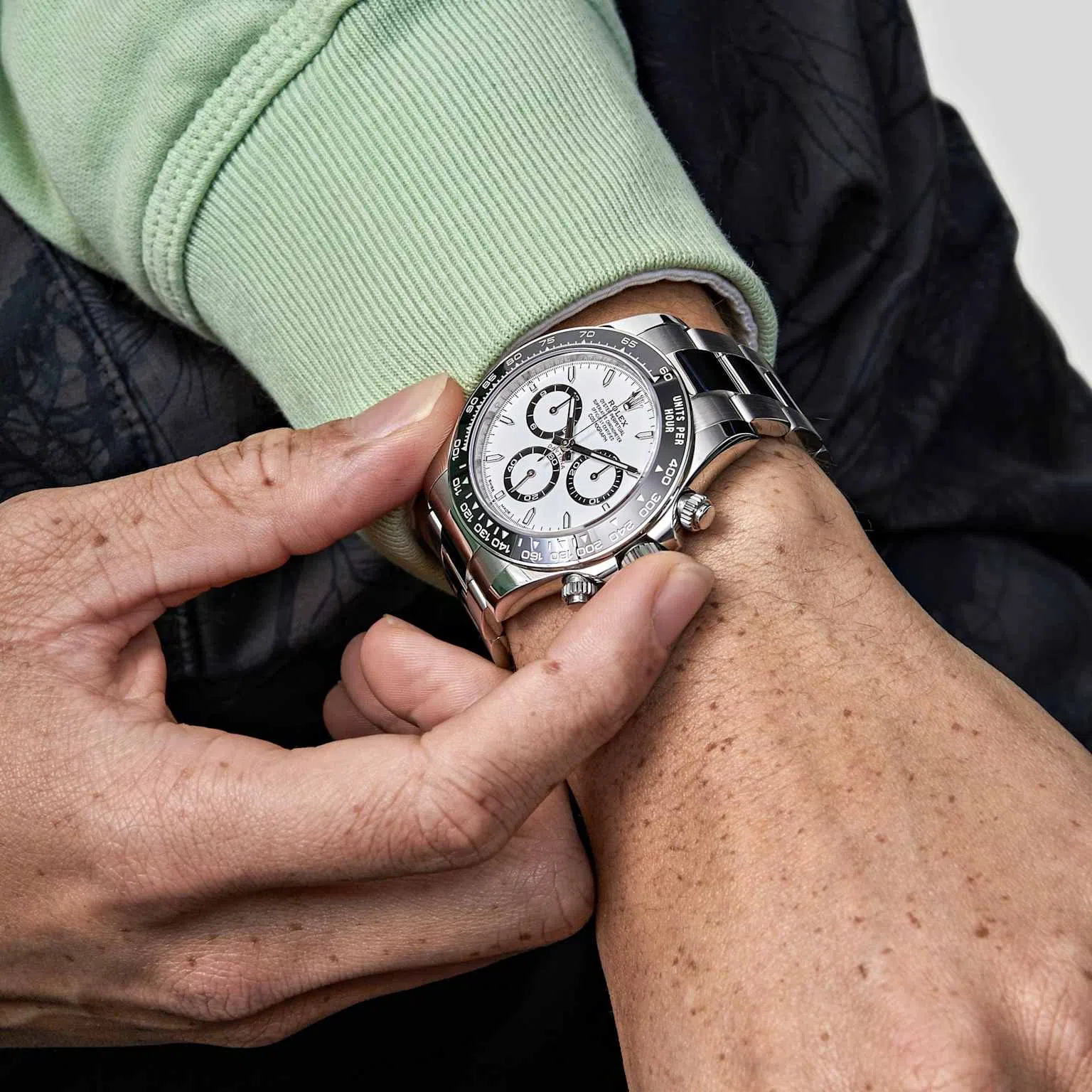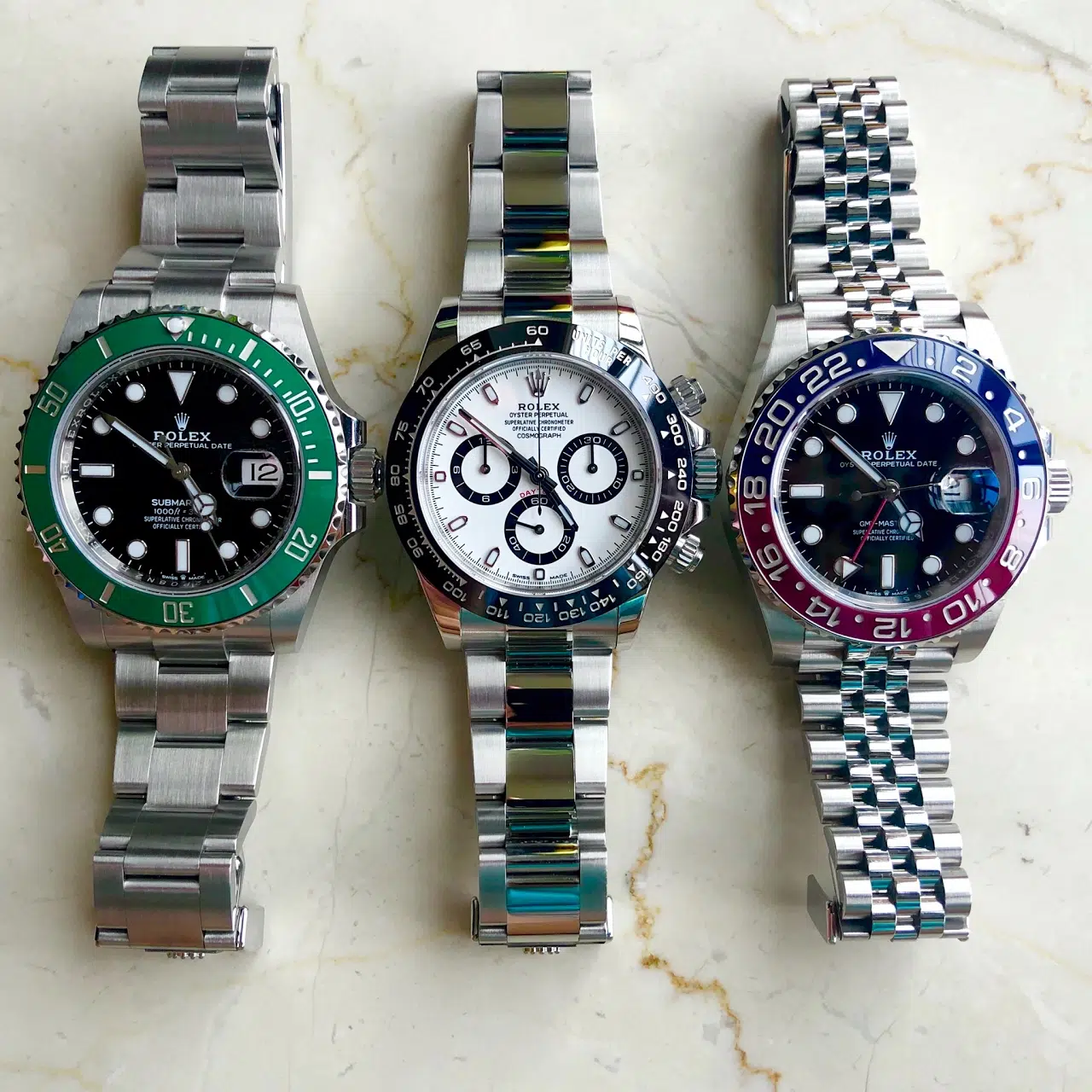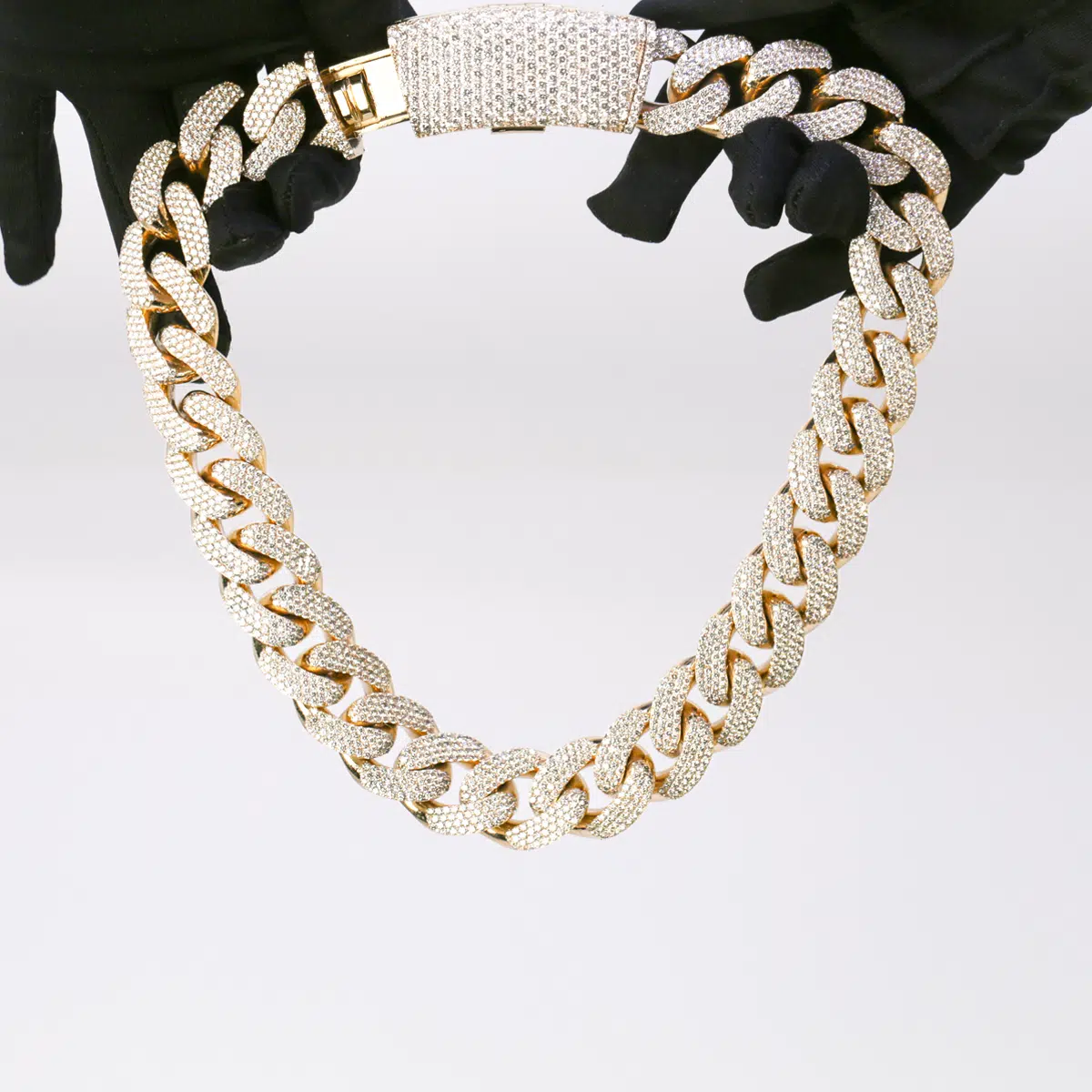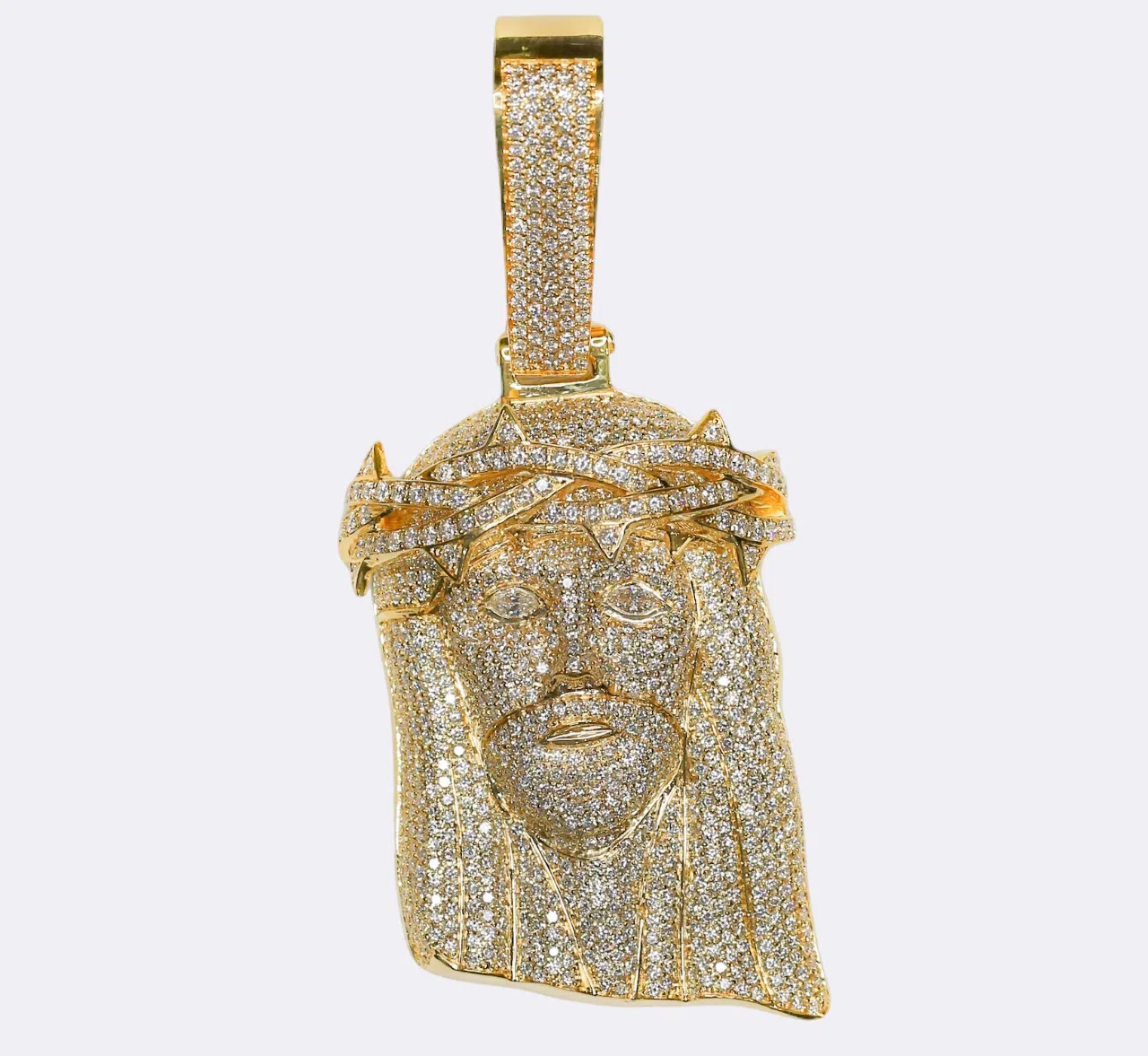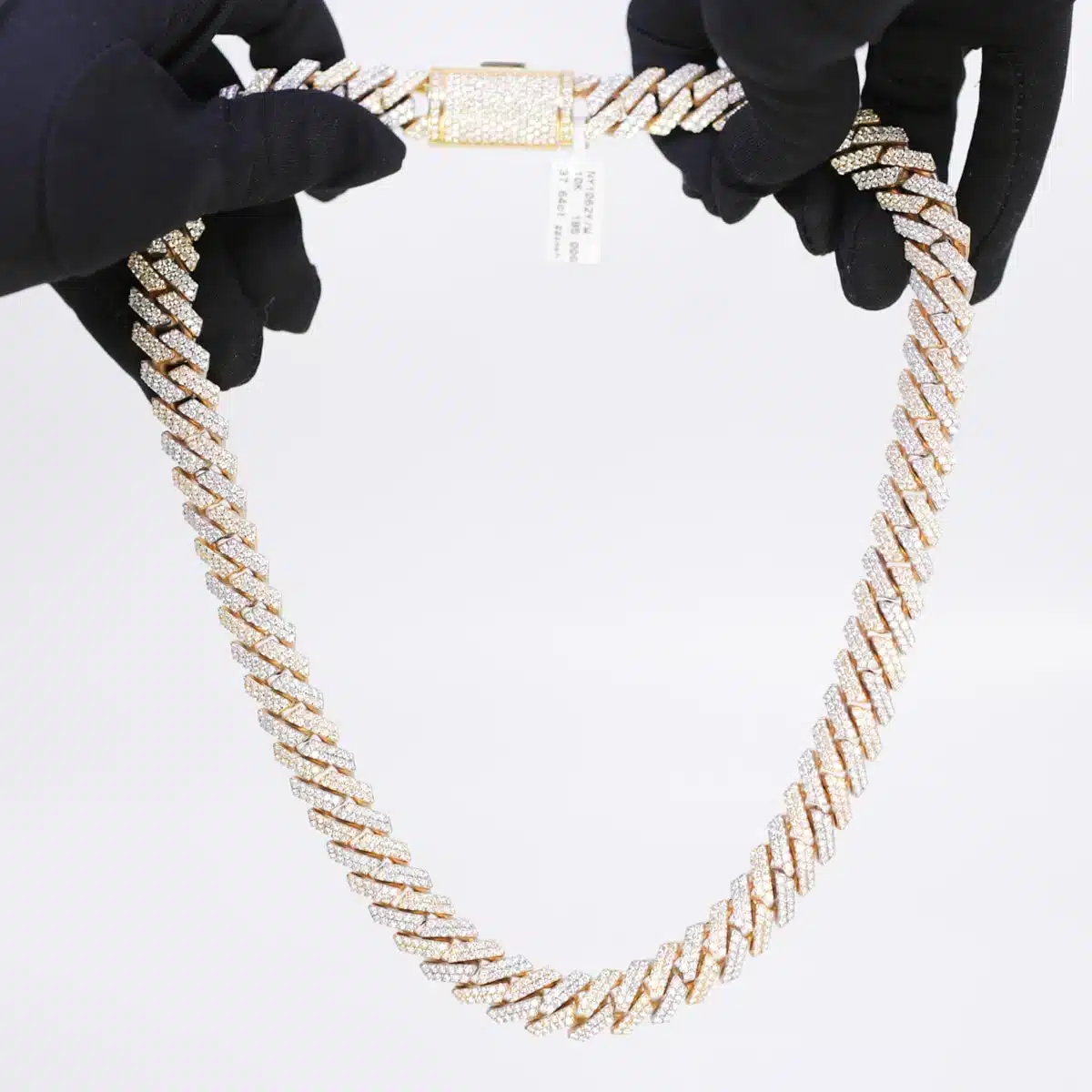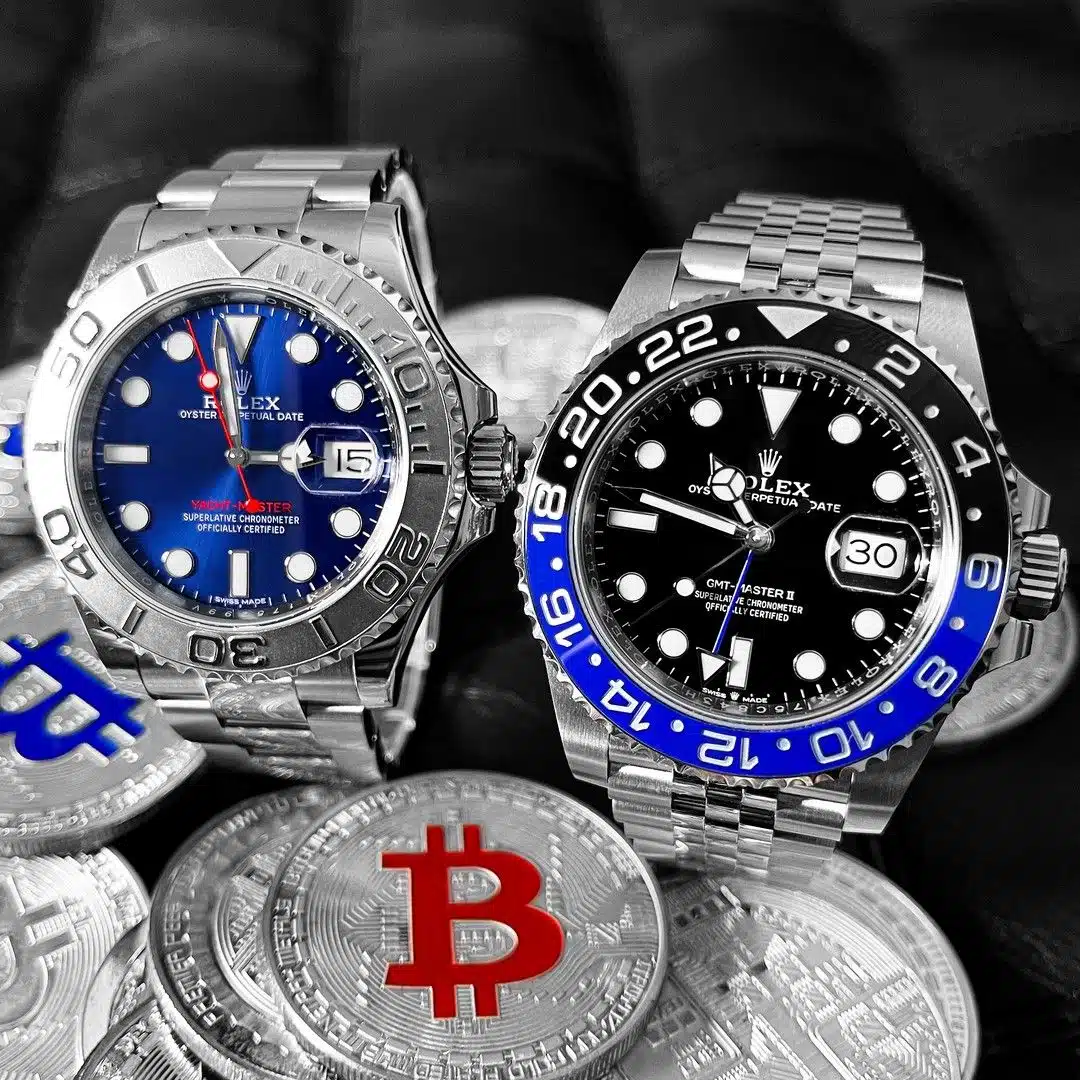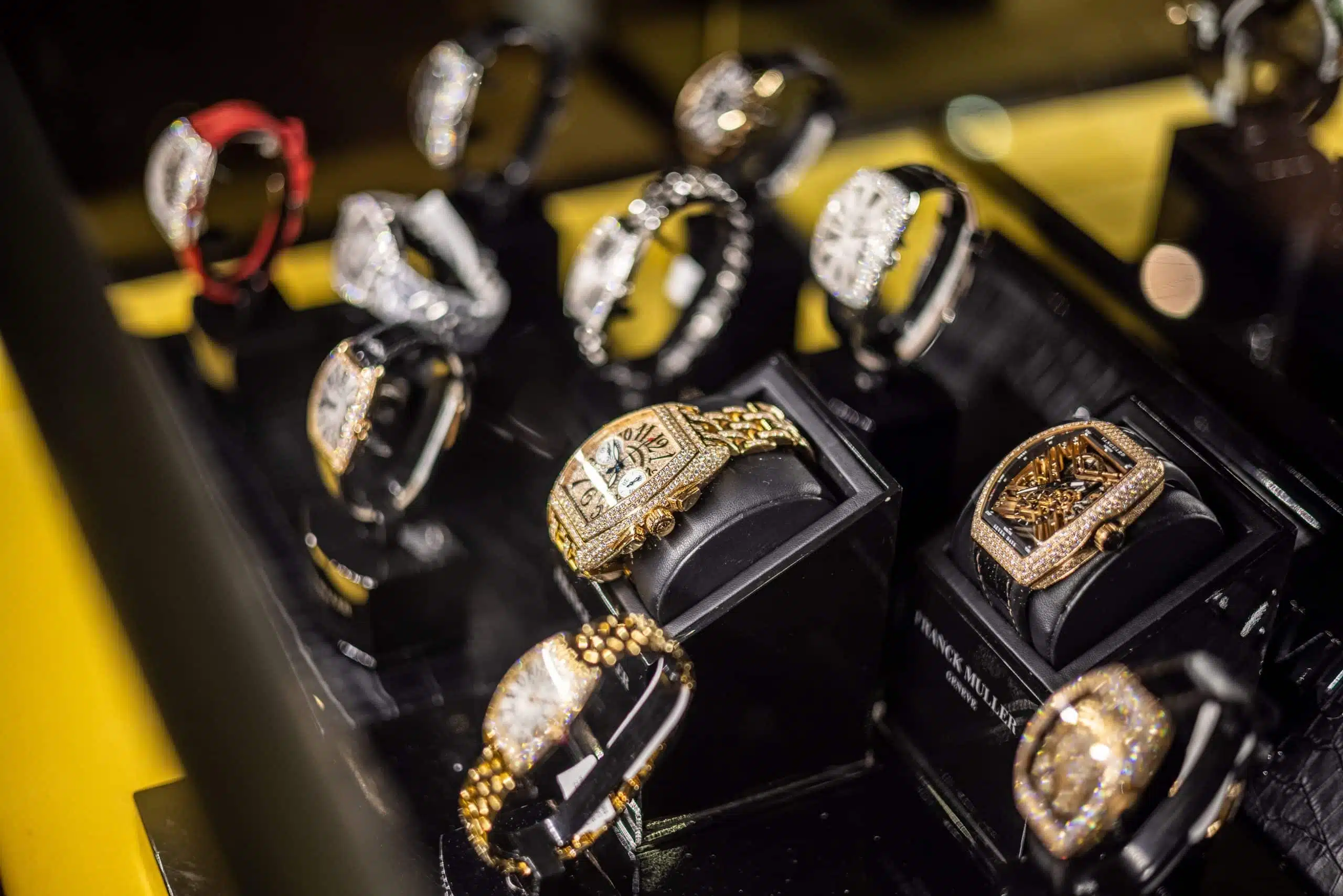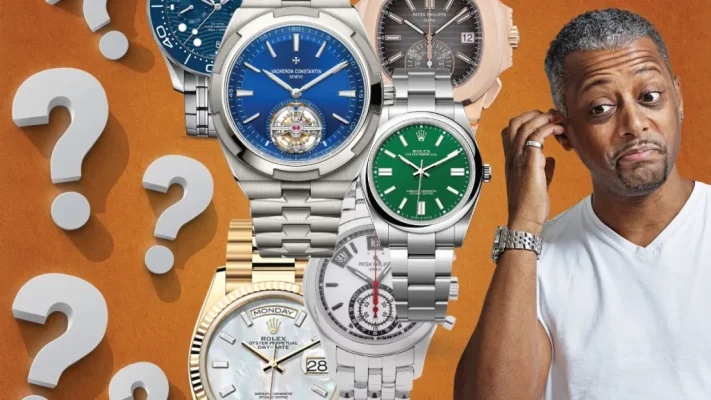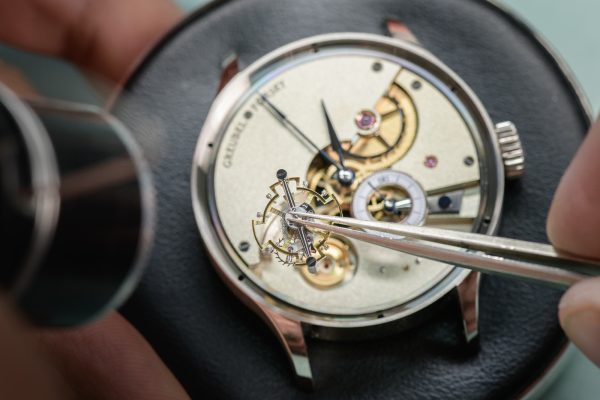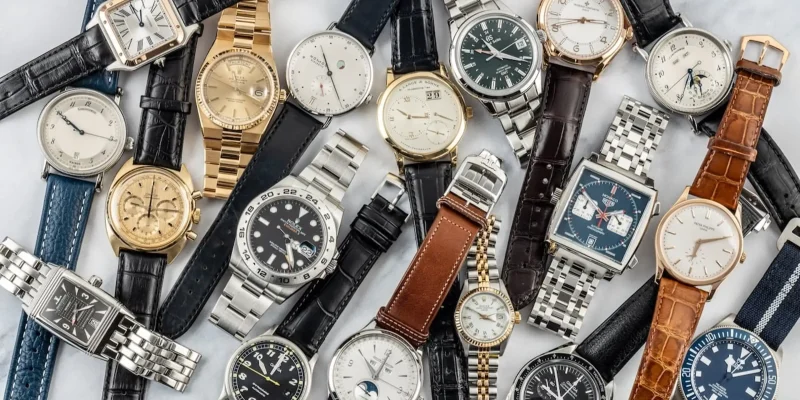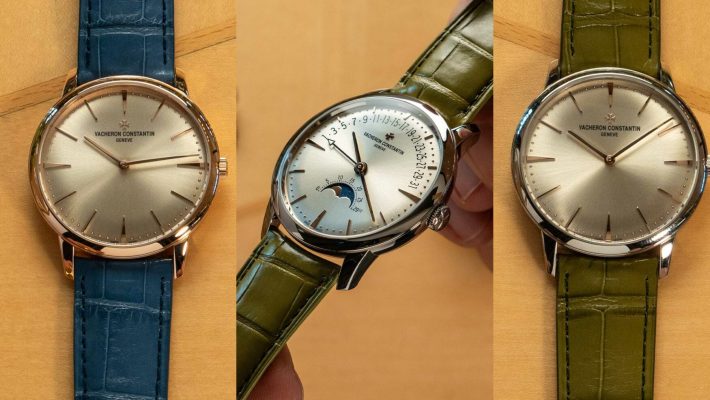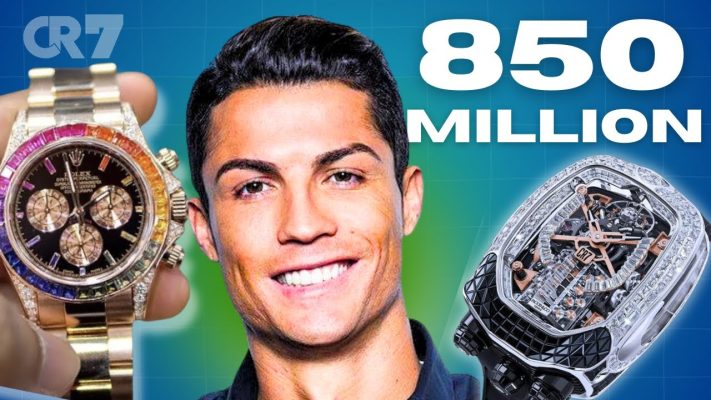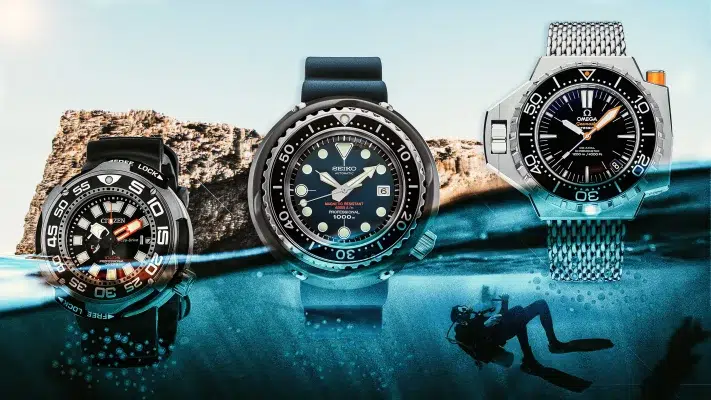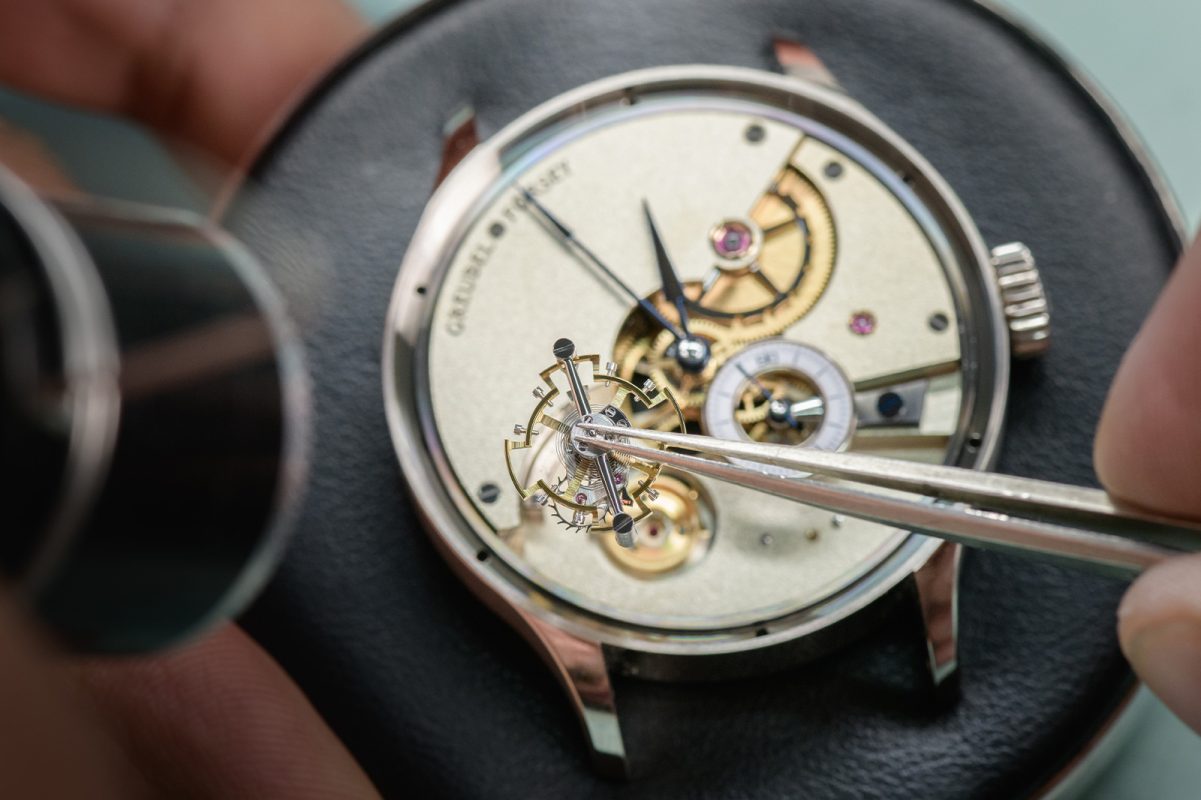Blog
From Our Lab to Your Payout: A Transparent Guide to Watch Valuation
Introduction
When you entrust your luxury timepiece to us, you’re not just handing over a watch—you’re sharing its story. From the moment your watch arrives in our state-of-the-art lab, it embarks on a careful, multi-point inspection designed to honor its heritage and craftsmanship. Our team of certified appraisers and master watchmakers goes far beyond a simple visual check, using precision tools, microscopic analysis, and decades of expertise to uncover every aspect that contributes to your watch’s true market value.
You’ll see exactly how we verify authenticity, assess condition, and factor in provenance to arrive at a fair, transparent offer. This guide opens the doors to our process, showing you step by step how we move “from our lab to your payout” so you can feel confident that your cherished timepiece is valued with integrity and respect.

Every luxury timepiece we inspect is evaluated with precision, care, and respect for its heritage.
Authenticity & Originality — The Heart of the Valuation
The foundation of any meaningful watch valuation rests entirely upon confirmed authenticity. In today’s market, where sophisticated counterfeits can fool even experienced collectors, professional authentication has become more critical than ever. Our authentication process begins the moment your timepiece arrives, employing both traditional expertise and modern technology to verify every aspect of genuineness.
Key Authentication Factors:
- Movement caliber verification against manufacturer specifications
- Serial and reference number database cross-referencing
- Component finish quality assessment
- Engraving style and placement accuracy
- Case material composition verification
The authentication landscape has transformed significantly in recent years, with blockchain technology and AI-powered recognition systems now complementing traditional expertise. These technological advances allow us to verify digital signatures and compare microscopic details against vast databases of authenticated components, adding layers of certainty that protect your investment.
Beyond the Dial — A Deep Dive into the Movement
The true test of authenticity lies within the movement itself, where the most definitive evidence of genuineness resides. Our certified watchmakers carefully expose the mechanical heart of your timepiece, where decades of experience meet precision tools to verify authenticity beyond any doubt.
During movement inspection, we systematically verify the correct caliber number and its precise engraving style, examining factory-standard finishing techniques including perlage and côtes de Genève patterns. Each movement bears unique characteristics that distinguish genuine pieces from even the most sophisticated replicas. Our specialists check for proper serial and reference number placement, assess the absence of corrosion or unauthorized modifications, and verify that all components match manufacturer specifications.

Movement Authentication Checklist:
| Component | Verification Method | Impact on Value |
|---|---|---|
| Caliber Markings | Database Cross-Reference | Critical |
| Finishing Quality | Magnified Inspection | High |
| Component Materials | Composition Analysis | High |
| Serial Numbers | Manufacturer Verification | Critical |
The Telltale Signs — Dials, Hands, and Case Markings
Expert authentication extends far beyond the movement to encompass every visible element of your timepiece. Our specialists possess the trained eye necessary to distinguish original components from refinished or replaced parts—distinctions that directly impact final valuation.
We carefully assess the quality of text printing and luminous material application, examining consistency in font weight, spacing, and alignment that characterizes authentic factory production. Natural aging patterns receive particular attention, as genuine patina should appear uniform and appropriate for the watch’s age. Every case engraving and hallmark undergoes verification against manufacturer databases to ensure complete authenticity.

A watch’s dial tells its story — experts read it like fine print.
Why Original Parts Matter
The luxury watch market consistently rewards originality with premium valuations, often representing thousands of dollars in additional value. A timepiece retaining all factory components—including bezel, crown, bracelet, and pushers—commands significantly higher prices than pieces with aftermarket replacements, even when those replacements appear identical to casual observers.
Originality Impact on Value:
- Complete original components: +20-30% premium over modified pieces
- Service replacement parts: -15-25% value reduction
- Aftermarket modifications: -30-50% value impact
- Refinished dials: -40-60% for vintage pieces
This preference reflects collectors’ deep appreciation for historical accuracy and manufacturing intent. When we identify comprehensive original components, that authenticity translates directly into enhanced market value, rewarding sellers who preserved their watch’s integrity throughout ownership.
The Condition Report — A Detailed Physical Assessment
Following successful authenticity verification, our focus shifts to comprehensive condition assessment—a systematic evaluation that applies consistent standards while rewarding proper care and maintenance. Professional condition assessment requires both technical expertise and current market knowledge, ensuring that our grading reflects collector preferences and pricing trends.
Our methodology evaluates multiple condition factors simultaneously, understanding that luxury watch collectors value different aspects depending on the piece’s age, rarity, and intended market position. This nuanced approach ensures accurate representation of your watch’s market appeal.
Our Grading Scale Explained (Mint, Excellent, Good)
Our transparent grading system employs industry-standard categories that align with collector expectations and market pricing structures. Mint condition describes timepieces appearing entirely unworn, showing no visible marks even under magnification—typically reserved for new-old-stock pieces or watches worn only ceremonially. Excellent condition encompasses well-maintained pieces with minimal surface marks, free from functional issues or structural damage. Good condition indicates normal wear patterns consistent with regular use, including minor scratches or small imperfections that don’t compromise functionality.
Professional Condition Assessment Criteria:
| Condition Grade | Visual Characteristics | Market Impact | Typical Examples |
|---|---|---|---|
| Mint (95-100%) | No visible wear under magnification | Full market value | Unworn pieces, display models |
| Excellent (85-94%) | Light surface marks only | 85-95% of mint value | Well-maintained daily wear |
| Good (75-84%) | Visible wear, minor scratches | 70-85% of mint value | Regular use, proper care |
| Fair (60-74%) | Moderate wear, possible damage | 50-70% of mint value | Heavy use, restoration needed |

Our transparent grading system ensures sellers understand every detail behind the valuation.
The Case of Over-Polishing — Preserving Sharp Lines and Value
One critical aspect often misunderstood by sellers involves polishing history and its impact on long-term value. While professional polishing might seem beneficial, excessive refinishing can actually harm desirability by erasing the sharp, defined lines that characterize original factory finishing.
Experienced collectors consistently prefer crisp, original case geometry—even with minor surface scratches—over rounded, over-polished surfaces that compromise architectural integrity. Our appraisers recognize this market preference, often valuing minimally polished pieces higher than heavily refinished examples, regardless of immediate visual appeal. This understanding protects sellers from well-intentioned but value-damaging restoration attempts.
Assessing the Bracelet, Crystal, and Bezel
External components receive individual evaluation during our comprehensive condition assessment, with each element contributing to overall valuation calculations. Bracelets undergo examination for stretch at pivot points, excessive wear patterns, and proper link operation. Crystal inspection focuses on chips, scratches, or internal condensation that might indicate seal compromise.
Bezels receive particular scrutiny for fading, alignment issues, or unauthorized replacement with aftermarket components. Rotating bezels are tested for proper function and click precision, while fixed bezels are examined for chips, cracks, or engraving wear that affects both aesthetics and value.
Component Assessment Priority:
- High Impact: Movement condition, dial authenticity, case integrity
- Medium Impact: Bezel condition, crystal clarity, crown operation
- Lower Impact: Minor bracelet wear, clasp function, minor cosmetic marks
The Value Boosters — Quantifying the Impact of a “Full Set”
Beyond the timepiece itself, accompanying documentation and accessories significantly influence market value and final payout calculations. These additional items, collectively known as a “full set,” provide authentication confidence, ownership context, and completeness that serious collectors actively seek and pay substantial premiums to obtain.
The financial impact of complete documentation proves consistently measurable across luxury watch segments, with certain brands and models showing even greater sensitivity to completeness than others. Understanding these value relationships helps sellers appreciate why preservation of original accessories matters significantly.
What is a “Full Set” and Why It Commands a Premium
A comprehensive full set includes all original presentation materials: manufacturer box, warranty documentation, instruction manuals, hang tags, and any brand-specific accessories like timing certificates or specialized tools. This complete package offers buyers confidence in authenticity while providing the ownership experience originally intended by the manufacturer.
Full Set Premium Analysis:
- Rolex models: 15-25% value increase with complete set
- Patek Philippe pieces: 20-35% premium for full documentation
- Independent brands: 10-20% enhancement with original packaging
- Vintage pieces: Up to 50% premium for rare complete sets
The financial mathematics prove compelling: a $10,000 watch accompanied by complete documentation and packaging could generate an additional $1,500–$2,500 in payout—substantial premiums that reward sellers who preserved their timepiece’s complete presentation throughout ownership.

A complete set adds context, authenticity, and instant value.
The Power of Provenance — Service History and Receipts
Service records, purchase receipts, and authorized dealer documentation create traceable ownership histories that enhance both authenticity confidence and market desirability. These paper trails demonstrate proper care, verify genuine service components, and provide chronological context that sophisticated collectors value highly.
Authenticated documentation streamlines the verification process while enabling higher offers due to reduced authentication requirements. When exceptional provenance accompanies remarkable timepieces, the combination often commands premium valuations that reflect the watch’s complete historical narrative rather than just its physical characteristics.
Documentation Value Hierarchy:
- Original warranty papers – Highest authenticity value
- Service history records – Demonstrates proper care
- Purchase receipts – Establishes legitimate ownership
- Dealer correspondence – Adds provenance context
- Insurance appraisals – Supporting value documentation

Paper trails prove authenticity — and strengthen your offer.
What If I Don’t Have the Box or Papers?
Missing documentation doesn’t disqualify timepieces from competitive valuation or prevent fair market assessment. Watch-only pieces represent a significant portion of the luxury pre-owned market, and our offers reflect current conditions for standalone timepieces rather than penalizing sellers for incomplete presentations.
While complete documentation enhances value substantially, authentic luxury watches retain strong market demand regardless of accessory completeness. Our valuation process adapts to each piece’s specific circumstances, ensuring fair compensation based on intrinsic quality and current market dynamics rather than documentation status alone.
Alternative Value Verification Methods:
- Serial number database verification
- Movement authentication protocols
- Case marking cross-reference systems
- Comparative market analysis for similar pieces
- Expert visual authentication techniques
Conclusion
At every turn, our process is built on transparency, trust, and true appreciation for fine watchmaking. By revealing how we authenticate each component, grade condition, and quantify the value of original parts and documentation, we empower you to understand exactly what shapes your offer. Whether you have a complete “full set” or simply the watch itself, our commitment remains the same: to honor your timepiece’s craftsmanship, care, and history with a fair and respectful valuation.
Your watch has a story—let us help you preserve its legacy and secure the best possible payout. With our expert team guiding each step, you can rest assured that your timepiece is in the hands of professionals who value integrity as much as you value your watch.
From lab to payout — a process built on precision, transparency, and trust.

